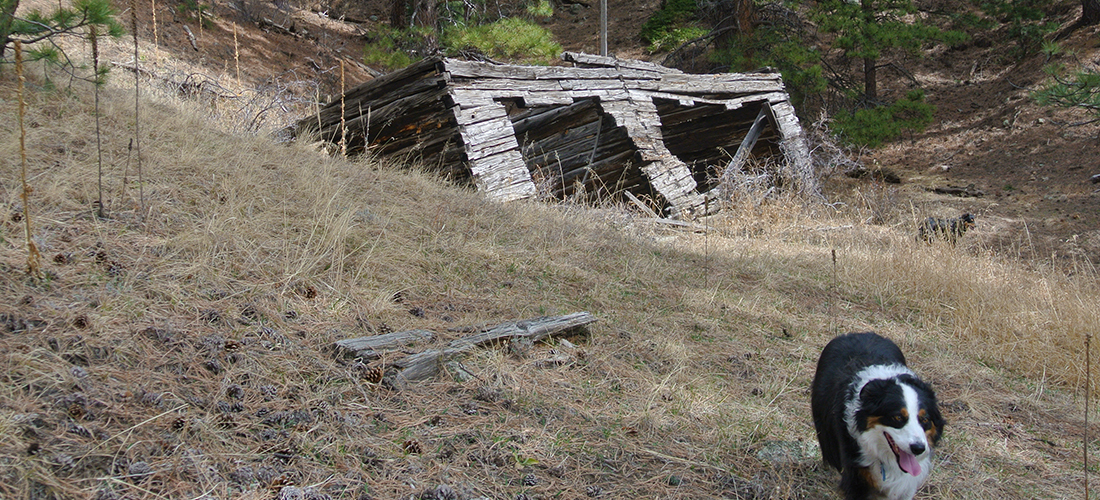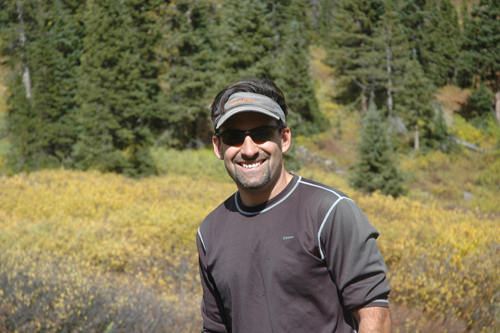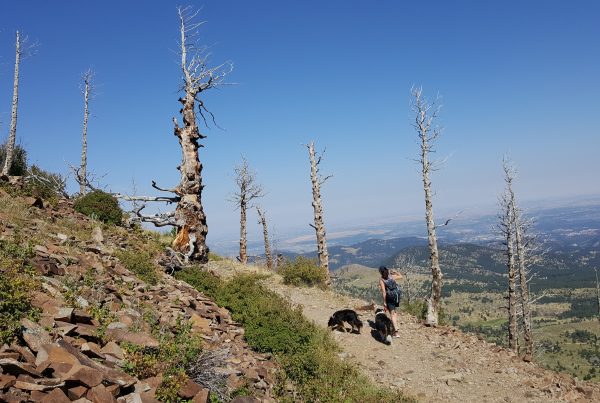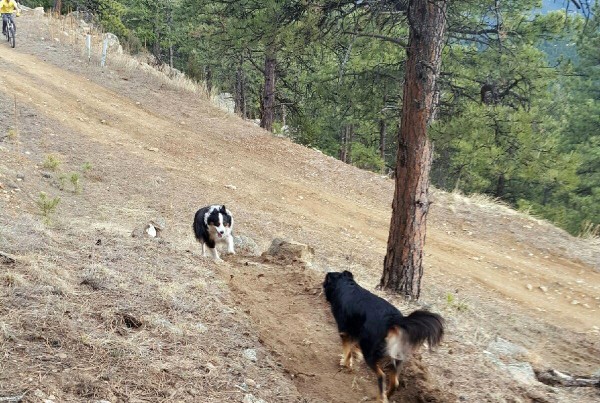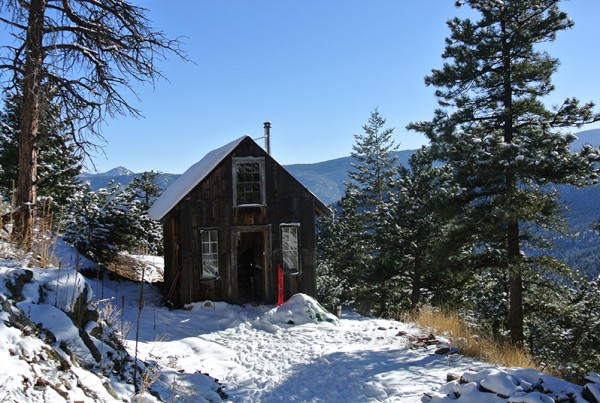Last Updated on June 23, 2022 by James Dziezynski
There’s gold in them hills!!
Less interesting is “There’s tungsten in them hills!” and perhaps even less inviting, “There’s bismuth in them hills!” Turns out we have all three on our property, along with a few other radioactive, naturally occurring elements such as thorium and uranium. Mining history in our community, Sugarloaf, is fairly interesting, especially if you like Cold War conspiracy theories or Pepto-Bismol.
Let’s start with everybody’s favorite arc-welding metal, tungsten. “Tungsten” sounds like it could be a private, east coast college: “Oh, I didn’t know you were a Tungsten man, jolly good,” or “I majored in economics at Tungsten”. Tungsten’s atomic number is 74 and its chemical symbol is, of course, “W”. Why “W”? “Tungsten” is Swedish for “heavy stone”, which was a recalibration of the original (and somewhat cooler) named “wolframite”, which is a combined form of iron and tungsten. Because pure tungsten was an element apart from wolframite, it was accordingly classified but kept the chemical symbol “W” as an homage. Wolframite, by the way, was originally called “Lupi spuma” meaning “wolf’s froth”.
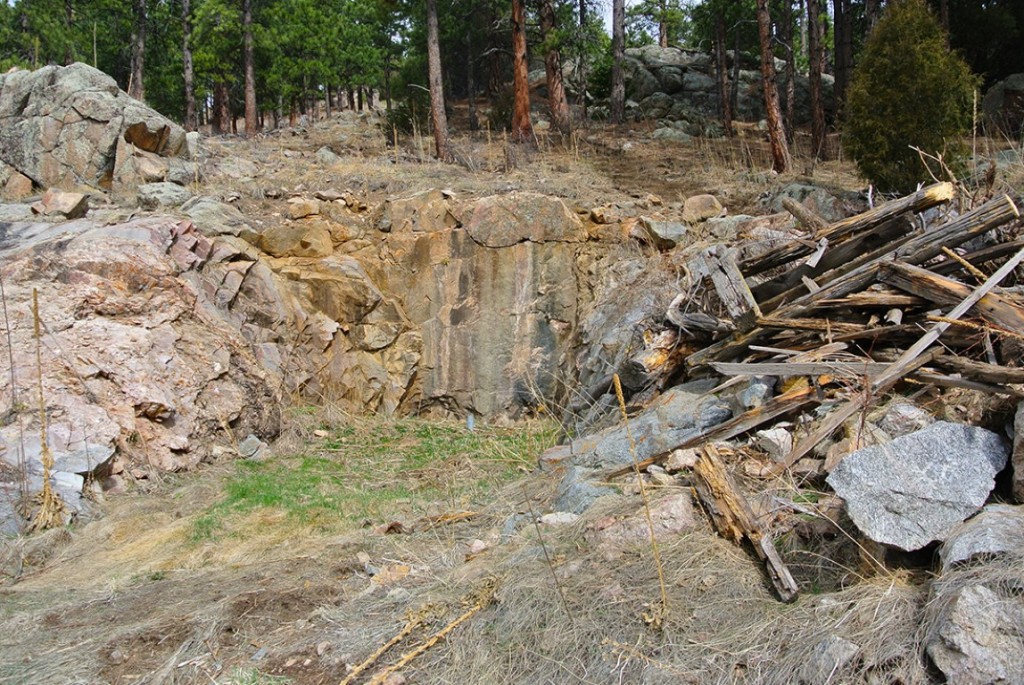
A bounty of tungsten awaits all who enter here! This is the biggest mine on our property.
The biggest mine on our land was a tungsten lode. I had a Colorado Mines and Reclamation expert come up to check our closed mines to make sure they are safe. She explained that we had a lot of raw tungsten just laying around, so if you need a chunk, let me know. For you outdoorsy types, chances are you have tungsten-carbide tips in your hiking poles. Tungsten carbide studs are also used in snow tires and snowmobile tracks. Finally, the ball in your ballpoint pen? Yup, tungsten carbide! More on tungsten in a bit.
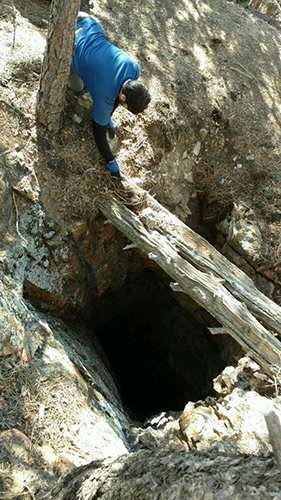
In Colorado, JIMMY can fall down the MINE and his BORDER collies can run off and find help.
Next up we have gold, sweet, sweet gold. Gold was discovered in the now-aptly named “Gold Hill” area in 1860 and that’s how the communities west of Boulder were populated (at least by white people). Gold’s elemental number is 79 and keeping with the confusing nomenclature, its chemical symbol is “Au” (Latin for aurum, meaning “gold”). Supposedly there’s a LOT of gold in the Boulder area, including under Mount Sanitas, though our plot of land only has one gold mine out of eight known mines/prospects on the property. That doesn’t change the fact I fully expect to find a huge nugget worth millions of dollars and never have to work another day in my life. For those wondering if we have mineral rights, we do. This also means if a solid diamond meteorite from outer space crashes on our land, we legally own it. Sweet.
Onto bismuth, Atomic number 83, and remarkably, it uses the logical “Bi” as its chemical symbol. As a raw ore, bismuth is a dull grey and is slightly radioactive. When bismuth oxidizes, it’s straight-up gorgeous. It is most famous as a digestive aid – that’s bismuth you’re drinking when you swig Pepto-Bismol. While classified as a toxic metal, there’s no evidence of it being harmful or carcinogenic. Speaking of toxic metals… this is where Boulder’s mining history gets interesting. Explore some of the other mines just off our property and you’ll find thorium (named after Thor himself) and uranium (named after the chuckle-worthy Uranus).
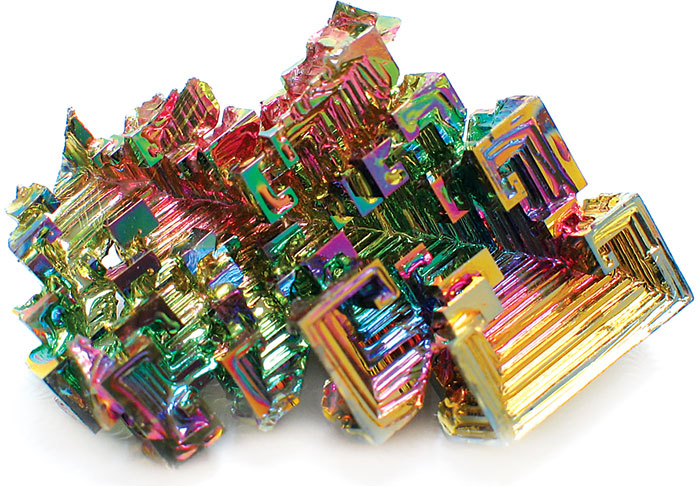
Oxidized bismuth crystals. Shiny!
Nearby Marion Millsite is especially interesting.
I plan to fully research this story in a future blog post, but here’s what I know thus far. The Marion Millsite is about 3 miles from our land, right off Sugarloaf Road. It’s a highly contaminated site that was up for a Superfund grant (that was denied). It (supposedly) began as a tungsten processing plant, which it likely was, by the Wah Chang Corporation in 1954. In November of 1956, the US government canceled its lucrative tungsten ore buying program, causing the price of tungsten to plummet and closing up a majority of Boulder County’s tungsten mines, including the Marion Millsite.
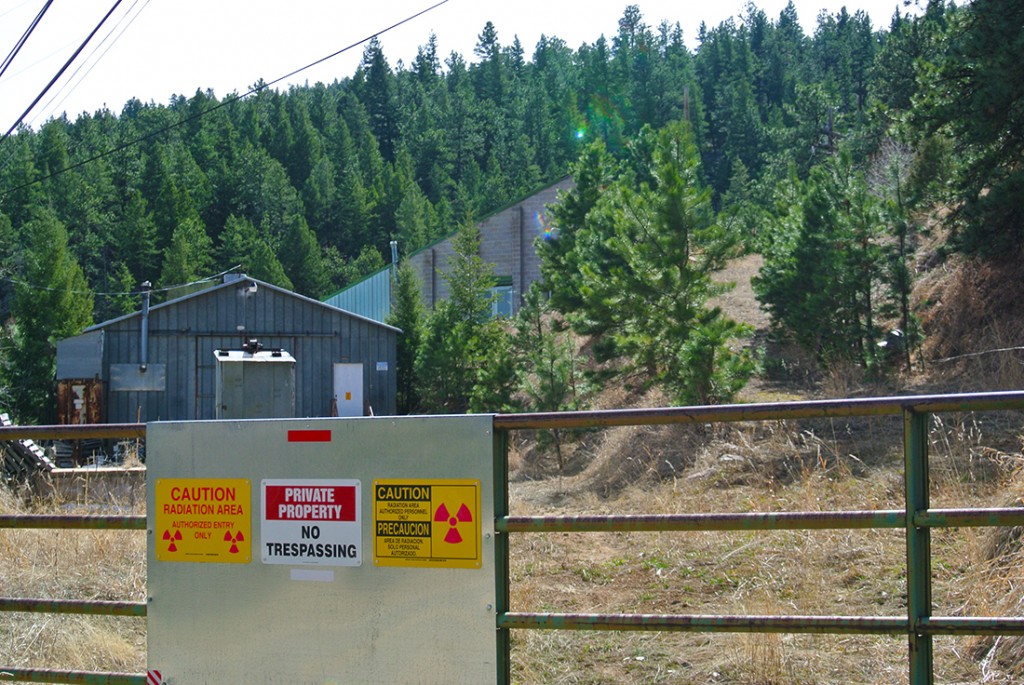
Marion Millsite. And you thought “No Trespassing” signs were good at keeping people away.
You know what else was happening in the mid-1950s? The Cold War. It was the early 1950s when the Rocky Flats project came into being and coincidentally, the old tungsten refinery was sold to “private interests” in 1959 and instead began processing thorium and uranium. Here’s where things get fuzzy. Nuclear grade thorium-oxide (and possibly uranium) was produced at Marion Millsite, with ore flowing in from Colorado, Tennessee, and Maryland. At some undisclosed point, there was an accident that involved thorium contamination in the early 1960s and the polluted property has been closed off ever since. Given the toxicity of nuclear accidents, it will likely be one of the few properties people can actually afford in Boulder county, assuming you don’t mind the occasional mutated family member.
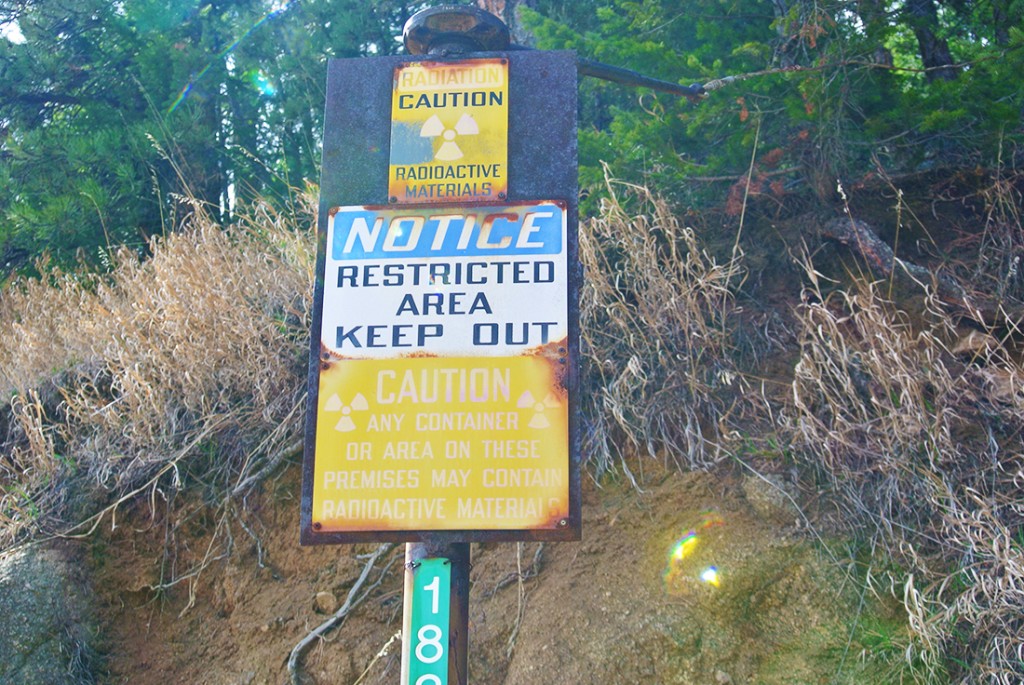
More friendly warnings from the Marion Millsite.
So there’s lots of elemental intrigue in the Sugarloaf area, including possible diamond pipes, silver, and even undiscovered uranium. As far as our plot of land is concerned, we can dream of becoming tungsten barons (though bismuth is where the money is these days). If you feel inclined to bring up your mule and pick-ax, we will only demand 80% of your profits. Oh, and if you see a glowing zombie staggering through the woods, that’s just old man Marion. Give him a few thorium nuggets and he’ll be on his way.

